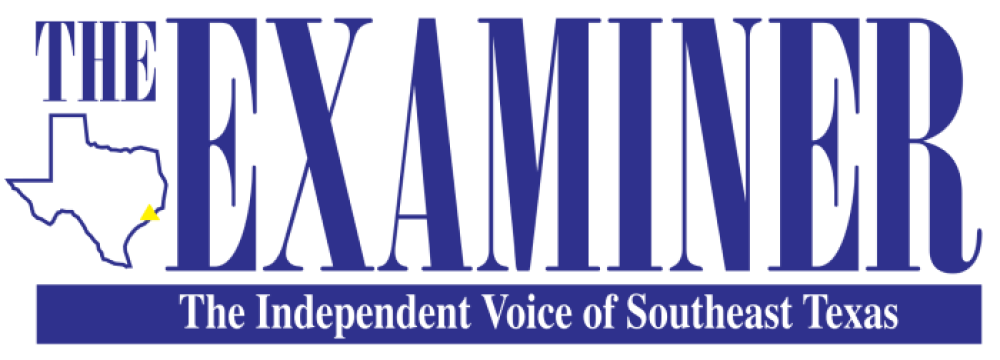The Texas Trustee Implementation Group will hold its annual public meeting via a webinar at 6 p.m. on Wednesday, Dec. 1. This meeting will provide an update on Texas Restoration Area plans, projects and activities, according to the event organizers. Attendees may submit questions as part of the webinar registration process and during the webinar via the chat function. The webinar is open to the public with prior registration available at https://attendee.gotowebinar.com/register/2723882146013375247.
During the spill, oil was found along the Texas coast, primarily in beach and dune habitat like that Jefferson County officials have been working for the last 10 years since the spill to restore. Additionally, it was determined that the Deepwater Horizon oil spill resulted in an ecosystem-level injury to the Gulf of Mexico and Texas coastline, including injury to natural resources such as sea turtles in offshore areas, continental shelf areas and beaches.
The Deepwater Horizon settlement allocates approximately $238 million for NRDA restoration in Texas, including approximately $100 million to restore wetlands, coastal and near-shore habitats. The remaining funds are to support projects to restore water quality; replenish wildlife, including sea turtles, birds and oysters; and provide and enhance recreational use.
More than $107 million has been committed for the planning, implementation, monitoring and administration of 20 restoration projects through 2020 in the Texas Restoration Area, representing about 45% of Texas’s total settlement allocation.
In Southeast Texas, local Deepwater Horizon projects include McFaddin Beach, Sea Rim State Park and the Bessie Heights Wetland Restoration project.
At McFaddin, the proposed project restores beach and dune habitats along approximately 17 miles of Gulf-facing shoreline in Jefferson and Chambers counties. Sediment will be transported from offshore borrow areas and placed along the shoreline to create beach and dune features. Dunes will be planted with native vegetation and the restored habitat will protect the largest continuous estuarine marsh complex in Texas. Project funding will support about one-third of the estimated $45 million total project cost with an authorized project budget of just under $16 million.
The Sea Rim State Park project, located just southwest of Port Arthur, will construct two wildlife viewing platforms, one comfort station and one fish cleaning shelter in the park with a total authorized project budget of $510,100; and the Bessie Heights Marsh project, its bounds located within the Lower Neches Wildlife Management Area in Orange County, would use sediment obtained from dredging of the Sabine-Neches Waterway and other sources to restore coastal wetlands. The placement of dredged material, construction of containment levees and planting would restore up to 900 acres of intertidal marsh with a total authorized project budget of $4.9 million.
However, as announced at the end of the 2021 Programmatic Review released this month, the plans could change.
“Monitoring and adaptive management are expected to play an increasingly important role over time as more projects are fully implemented and the trustees collect additional monitoring data,” the trustees wrote on page 95 of the 97-page report, also noting the likelihood of “unforeseen conditions” that could alter trajectory. “The trustees recognize that the best available science to use for planning restoration activities evolves as the body of science originating from this program, as well as other science, monitoring and restoration programs in the Gulf of Mexico, continues to grow.
“Such efforts will facilitate ongoing identification and use of best practices as well as thoughtful response to restoration challenges, needs and opportunities that arise as conditions in the Gulf environment change. Continued monitoring and assessment of restoration outcomes at project, restoration type and ecosystem scales will be important to evaluate restoration progress as more projects are approved and implemented. These monitoring and assessment efforts will also enhance future restoration planning by providing information needed to adaptively manage the restoration program over time.”
The Deepwater Horizon oil spill Natural Resource Damage Assessment Trustee Council that released the 2021 Programmatic Review of its Gulf restoration work also divulged data collected from work through 2020.
Through 2020, the trustees received approximately $2.8 billion in funding of an $8.8 billion settlement for the 2010 oil spill and committed approximately $2.4 billion of those funds to the planning and implementation of more than 200 projects and activities. The review evaluates progress made for each restoration type, which are defined by the Trustees’ Programmatic Restoration Plan, expressing that more than $1.3 billion of the funds spent over the last four years have been used to restore wetlands, coastal marshes and near-water habitats. The next largest share of the expended funds to date have been utilized to enhance or create “recreational opportunities,” as approximately $389 million has been used for that purpose. A little less than $31 million has been spent on marine mammal recovery, and $17 million on water recovery.
Other key findings include: 3,870 acres of oyster habitat has been enhanced or restored; 2,350 acres of marsh, beach and dune habitats have been created, restored or enhanced; 3,080 acres of habitat have been protected and 2,120 acres restored for bird breeding and foraging; 74 projects have been implemented for recreation; 25 projects have been enacted to improve water quality and reduce nutrients; and 12 projects have been implemented for sea turtles.
Trustees documented 32 final restoration plans and more than 700 resolutions through 2020, held 119 public meetings on restoration topics, and published more than 550 online stories. Those unable to attend the Dec. 1 webinar are invited to review the program and posted materials afterwards at https://www.gulfspill
restoration.noaa.gov/restoration-areas/texas.
– Jennifer Johnson


